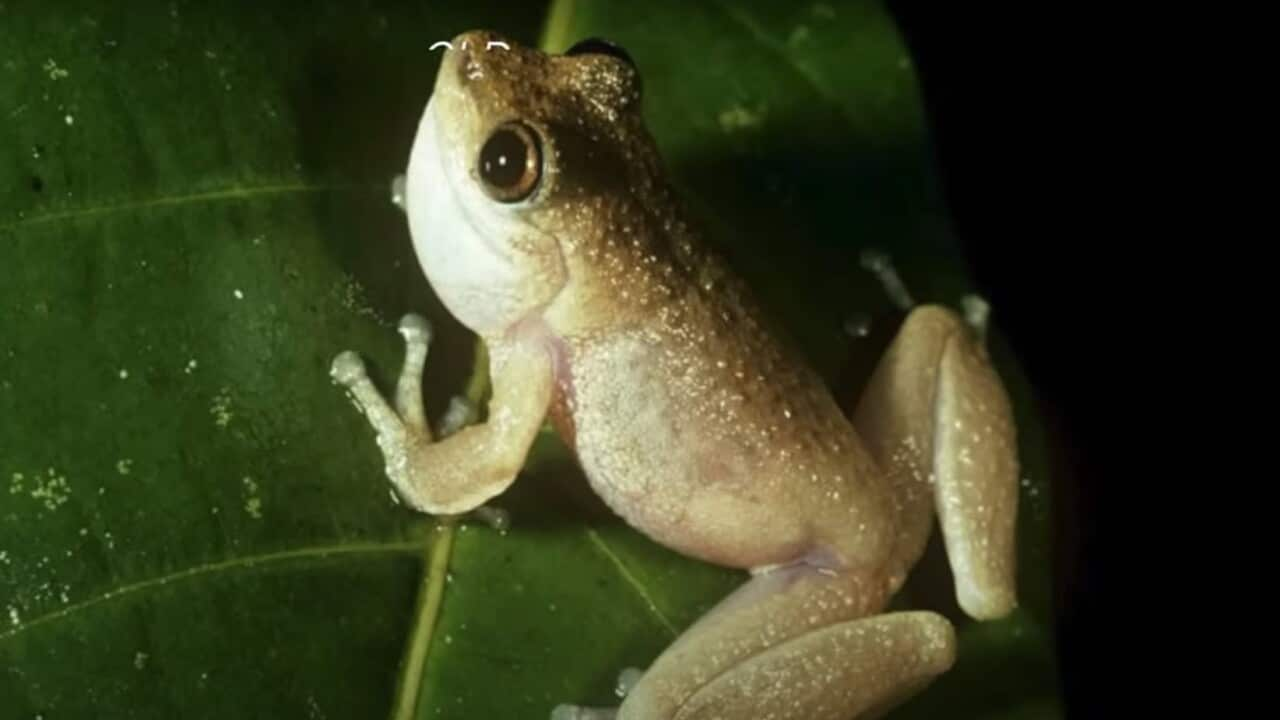KEY POINTS
- Native to Australia, the quolls were declared extinct on the Australian mainland in 1963.
- Ten Eastern Quolls have been released into a NSW wildlife sanctuary.
- It is the result of five years of work in breeding and rewilding the species.
In a "globally significant moment" which gives a near-extinct species a second lease at survival, 10 eastern quolls have been released into a NSW nature reserve.
The animals were released into Aussie Ark's 400-hectare Barrington Wildlife Sanctuary in the state's Upper Hunter region, bolstering a flourishing insurance population of quolls.
The eastern quoll was declared extinct on the Australian mainland in 1963.
The Barrington population is the largest on the mainland and has been established through the Tasmanian Quoll Program where the marsupials are still found in the wild.
"This is a globally significant moment," Aussie Ark managing director Tim Faulkner said.
"Here we are, releasing healthy, happy animals back into the Australian bush.

Aussie Ark ranger Tim holds one of the quolls just before its release into a wildlife sanctuary. Once common across eastern Australia, the population shrank after falling prey to feral cats and foxes. Today, the species can only be found in the wild in Tasmania, although the numbers continue to fall. Credit: Aussie Ark
The cat-sized carnivore mostly comes out at night and is a solitary animal. Once flourishing on the mainland, its population has been decimated by feral cats and foxes.
Aussie Ark hopes to eventually create a group of quolls in the Barrington reserve, which represents what they would normally have experienced in the wild without the threat of feral invasive predators.
Special fences keep out cats, foxes and pigs.
LISTEN TO

COP15 achieves breakthrough biodiversity achievement
SBS News
20/12/202205:28
"Whenever we do a release like this we are turning back time. This exquisite species has suffered so much. This is the second chance it deserves," Mr Faulkner said.
In November, Aussie Ark announced a springtime "baby boom" of 63 quolls born in the Barrington sanctuary.
"This model is about achieving a measurable result. From identifying an endangered species, to building up an insurance population, to returning that species back into the wild where it belongs. This is what Aussie Ark specialises in," Mr Faulkner said.
Other species successfully released into the Upper Hunter sanctuary by the non-profit include Tasmanian devils, long-nosed potoroos, rufous bettongs and brush- tailed rock wallabies.










